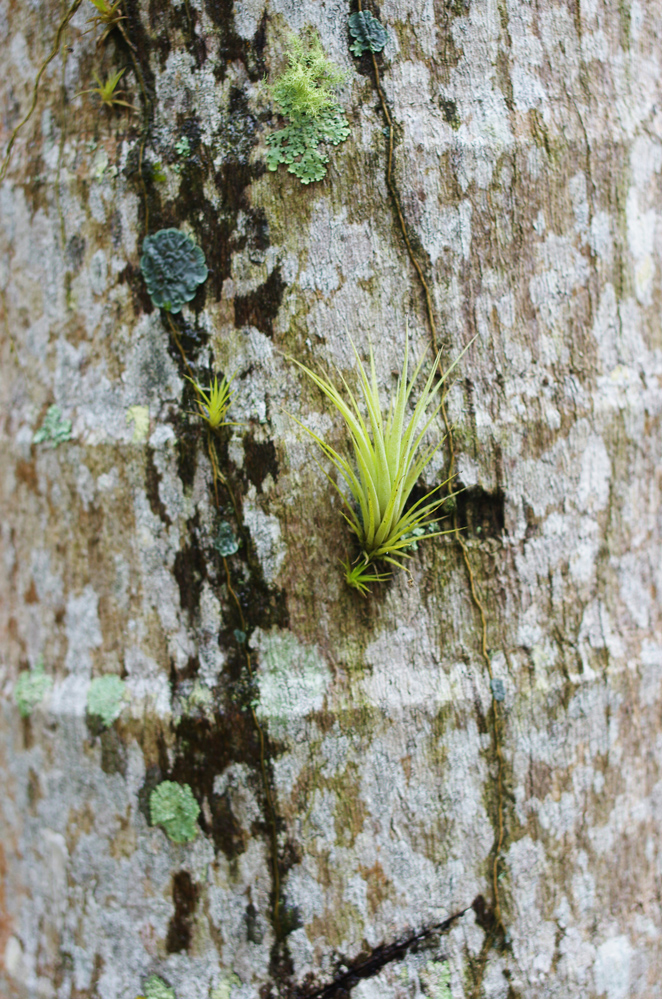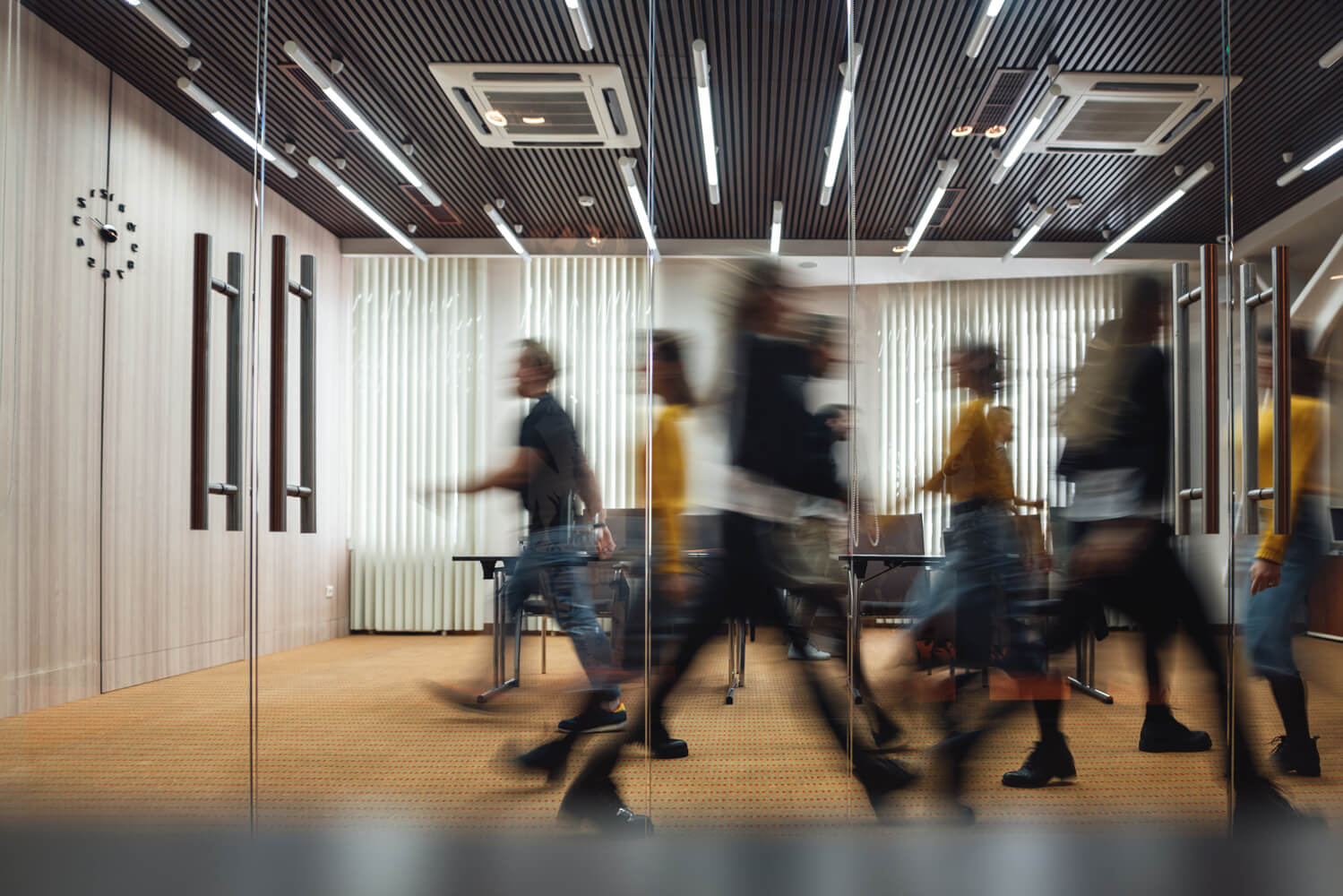4 Things We’re Taking Home From 4 Days at Greenbuild



Attending Greenbuild 2024 was an unforgettable experience for our team at BranchPattern this year. With seven team members ranging from first-time attendees to seasoned Greenbuild veterans with 15+ years of experience, we each walked away with fresh perspectives, innovative ideas, and a renewed commitment to advancing sustainability in our work. While we could easily list takeaways for every hour spent at the conference, we’ve narrowed it down to four key highlights—one for each day we spent in Philly.

Day 1: Decarbonization – A Core Focus of the Work Ahead

On Day 1, we jumped straight into one of the most critical challenges in the built environment: decarbonization. The sessions we attended provided valuable insights, and one key takeaway was clear—decarbonizing buildings is the central pathway to creating a more sustainable built environment.

The day began with a session on LEED v5, hosted by Wolfgang Werner and Laurie Kerr, which set the tone for the week. They outlined the four pillars of LEED v5: carbon, health, resilience, and equity. These updates reflect a significant shift in the industry’s approach, bringing these priorities to the forefront and creating a shared language for teams to assess and reduce their impact. As Laurie Kerr aptly put it, “You can’t improve what you don’t measure,” emphasizing the need to track carbon emissions from the very start.
Later, in a workshop on Sustainable Finance in the Built Environment, Chris Pyke (GRESB) and financial experts discussed the critical role early design decisions play in achieving decarbonization goals while balancing financial objectives. The main takeaway was clear: making intentional, low-carbon design choices early not only helps reduce emissions but can also deliver strong returns on investment. Innovation in sustainable design is moving at an exciting pace, and with an increasing number of resources and case studies, it’s clear that decarbonization is not only the right thing to do for the future—it’s also financially achievable. Developers are now more incentivized than ever to build sustainable buildings, as the benefits of decarbonization align with long-term financial returns, proving that doing the right thing and achieving financial success can go hand in hand.

Day 2: Impact – Using Our Sphere of Influence for Change

Day 2 at Greenbuild was all about connection and collaboration. We began the morning with coffee at Konditori Swedish Espresso Bar, enjoying the chance to catch up with colleagues and partners. From there, we headed to the Convention Center for an inspiring keynote address by actor and activist Don Cheadle. His passionate talk on sustainability and the green building industry truly energized us, leaving a lasting and uplifting impression on the entire team.

One of the most compelling aspects of Don Cheadle's keynote was the way he seamlessly integrates his advocacy with his acting. He noted that storytelling has a far more profound impact than simply highlighting an issue. When audiences become immersed in a film, those underlying messages resonate on a deeper, more lasting level. After all, we are all inherently wired to learn through stories. Don’s overarching message was unmistakable: each of us has a role to play in raising awareness, and regardless of the scale of our influence—whether large or small—it is crucial in shaping the world we aspire to create. He also took a moment to honor the unsung heroes within our industry—those whose quiet yet significant contributions may not make headlines but are indispensable in the battle against climate change.

The energy of inspiration continued throughout the day, highlighted by a panel discussion offering fresh insights into the real estate industry’s latest efforts to boost ESG performance, with a strong focus on achieving net-zero and sustainability goals. The panel featured Ethan Gilbert (Prologis), Matt Praske (EQT Exeter), Andy Zhou (Grubb Properties), and our very own, Sarah Gudeman. Prologis is leading the charge by exploring low-carbon materials and design strategies in industrial real estate, informed by detailed embodied carbon studies. Matt Praske discussed the challenges of electrification, acknowledging grid capacity limitations, but emphasized that facilities are being prepared for electrification regardless of current constraints. Andy Zhou shared Grubb Properties' forward-thinking approach to sustainability in multi-family real estate, with a focus on transit-oriented, car-free developments to reduce transportation-related emissions. Together, these industry leaders delivered a clear message: the real estate sector is evolving towards a more sustainable future.

Day 3: Connection – We’re All Better Together

On Day 3, we focused on the value of connection. Our visit to KSS Architects not only provided an opportunity for in-person collaboration but also sparked a discussion on urban design. As we walked through the city to their office, we experienced firsthand how walkable spaces strengthen our connection to both the environment and our communities. This reinforced the importance of cities prioritizing pedestrian-friendly infrastructure that fosters meaningful engagement with our surroundings. Inspired by this, we also visited the ActiveScore and ModeScore booth in the expo hall, where the company is making great efforts to enhance real estate's support for more active transportation. The expo hall filled to the brim with vendors sparked excitement for the sheer magnitude of efforts being made in the green building industry.

Later, we attended the Women in Green Luncheon, where we had the chance to connect with remarkable women in the industry, each with diverse experiences ranging from two to more than 25 years. While enjoying a delicious lunch, we listened to Juana Summers share an inspiring and candid account of her career journey, culminating in her role as host of NPR's All Things Considered. Over dessert, we continued our conversations, reinforcing the importance of confidence for women in any field—particularly in industries traditionally dominated by men. It’s about speaking up, clearly articulating ideas, and shifting from apologizing to confidently asserting our voices.

We concluded the day at one of the most anticipated events of the week— the Greenbuild Gala. Set at the Franklin Institute’s stunning Beaux-Arts architecture, its central dome was illuminated in vibrant lights, while the sound of a live band reinvigorated us. We reconnected with fellow BranchPattern attendees and engaged with people we had met throughout the week. We danced, explored the captivating exhibits, and embraced the excitement of the evening. The relationships we strengthened and the new connections we made left us feeling both energized and inspired.


Day 4: Future – “A New Industrial Revolution”

Following a vibrant Gala evening, the event's final day began with an early session led by BranchPattern's Kristy Walson. Titled MEP2040: Embodying Whole-Life Carbon, the session also featured experts from LMN Architects, Trane Technologies, and Buro Happold, leaving us inspired and optimistic about the industry's future. Initiatives like MEP2040, Architecture2030 are uniting leaders to set science-based, actionable goals across design, development, and organizational practices. Engaging with such forward-thinking professionals underscored the power of collective action. Prior to the session, we also had the chance to discuss BranchPattern’s Embodied Carbon Benchmark Study with fellow attendees. BranchPattern is proud to join many others in striving for a future that extends beyond our individual efforts.
Kristy shared with us a poignant quote from Ray Anderson, the founder of Interface, who once said:
“The new course we’re on is to pioneer the next Industrial Revolution: one that is kinder and gentler to the earth.”
This quote encapsulates the movement we are seeing in the industry—a future with more sustainable, holistic design practices that consider the full life cycle of a building’s carbon footprint. It was a reminder that even small actions, when part of a collective effort, can drive the transformational change we need to create a more sustainable world.

Final Thoughts
Leaving Greenbuild, we felt reassured that we’re not just designing buildings; we’re part of a much larger movement, one that is changing the built environment and pushing toward a more sustainable, equitable future. Whether through measurable actions like carbon tracking or the ongoing pursuit of more holistic, sustainable design practices, we are all contributors to this "new industrial revolution." At BranchPattern, we’re ready and eager to continue collaborating with our partners, colleagues, and the broader sustainability community to create lasting change. The future is full of possibilities, and together, we are excited to continue making a real, lasting impact.


View More Resources
Benefit from our expertise



